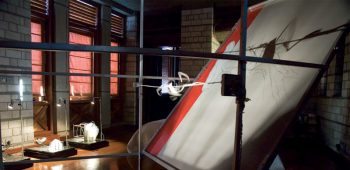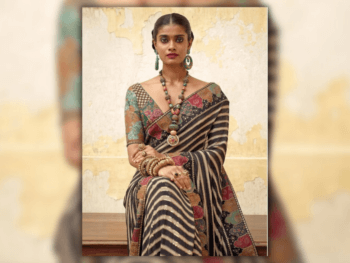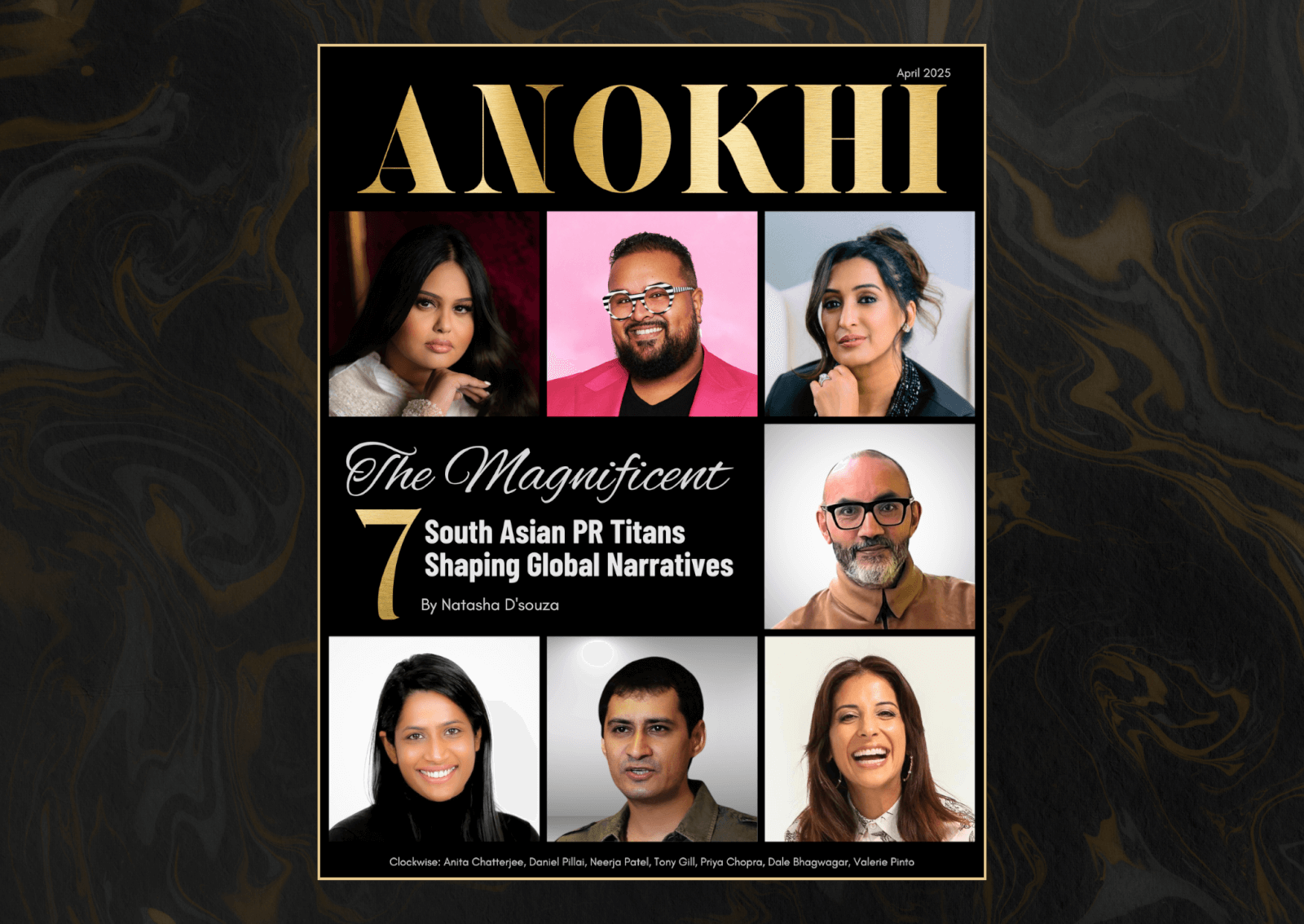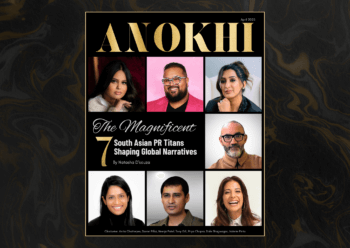
A new museum challenges South Asian’s traditional artistic views
How has South Asian art become ‘contemporary’? How do you bridge the gap between traditional and contemporary art? And what does globalization mean for South Asian artists? These questions and their implications are exactly what a new museum in New Delhi, India is exploring with the newly formed Devi Art Foundation.
The Devi Art Foundation, the brain-child of mother-son duo, Lekha and Anupam Podder is one of the first not-for-profit spaces dedicated to showcasing artwork that breaks free from the traditional and often expected installations—all derived from the Indian subcontinent. The Foundation, launched in August 2008 and is committed to supporting and displaying Indian contemporary art in an experimental setting with the help of cutting-edge media.

NALINI MALINI, REMEMBERING TOBA TEK SINGH, INSTALLATION SHOT AT DEVI ART
FOUNDATION'S EXHIBITION STILL MOVING IMAGE 2008.
As one of the most comprehensive compilations of contemporary art in India, the Lekha and Anupam Poddar Collection is comprised of significant artworks in various expressions such as paintings, sculptures, interactive installations, videos, and photography all reflecting the collectors’ expansive interests.
“We wanted to create a space that allows artists and curators to experiment and take chances”
– Anupam Poddar
The Poddars have been collecting art privately for the past 30 years, and realized that their collection would be better off shared with others thereby bringing to fruition India's first museum devoted in its entirety to this type of art. Anupam explained the value of bringing this to the public, “As the Collection grew, both my mother and I felt that the works had to be shared with a wider spectrum of viewers rather than exist for private viewing. We wanted to create a space that allows artists and curators to experiment and take chances”.
The Foundation is very young, in the midst of only its second show, but the Poddars say they want to foster dialogue by undermining geo-political divides amongst South Asians. Anupam explains, “With our current show, Where in the World, we have been experimenting with a format of public interactions – in the form of guided tours – with the artists and the curators who are the faculty and students of the School of Arts and Aesthetics at Jawaharlal Nehru University”. Devi Art Foundation also plans to organize residencies where artists with diverse artistic backgrounds can come together to create work. They also plan to expand to include contemporary work from Pakistan, Sri Lanka, Bangladesh, Central Asia, the Indian Diaspora and Indian Folk and Tribal art.

RANBIR KALEKA, MAN WITH COCKREL, INSTALLATION SHOT AT DEVI ART FOUNDATION'S EXHIBITION STILL MOVING IMAGE 2008.
“You could say that Devi Art is more of a response than a movement that is born out of the South Asian situation—I think that the artists have a highly complicated relationship with their Asian roots, but what I do find heartening is that artists today are no longer shackled solely to the question of identity and can take on many investigations from various standpoints.”, said Anupam.
Devi Art Foundation is housed in a 7,500-square-foot, two-floor space in an office tower called Sirpur House in Gurgaon, India. The gallery is open Tuesday to Sunday and admission is free. Please visit www.deviartfoundation.org.
BY TAMARA BALUJA
PHOTO CREDITS: AMIT KUMAR JAIN (DEVI ART); RAM RAHMAN (ANUPAM PODDAR).














































































































